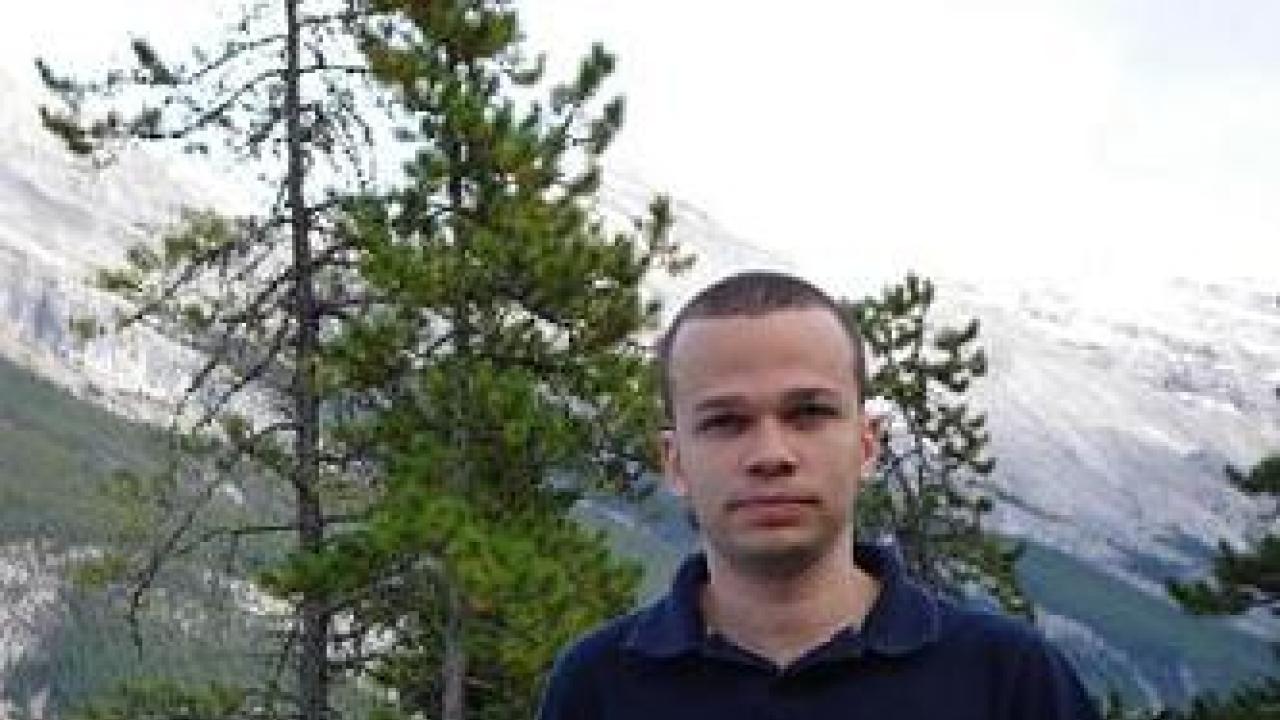
Fernando Codá Marques of Instituto Nacional de Matemática Pura e Aplicada, Rio de Janeiro, Brazil will receive the 2012 Ramanujan Prize for Young Mathematicians from Developing Countries. Marques has made several major contributions to differential geometry, solving and yielding results from numerous problems mathematicians have been working on for decades.
Marques' latest and perhaps most prominent work, done in collaboration with André Neves of Imperial College London, is a complete proof of the Willmore Conjecture. The proof was posted pre-publication on arXiv.org this February.
The Willmore Conjecture predicts the only equilibrium state of a curved surface with one hole - like a doughnut shape -- subject to forces similar to those on soap bubbles, where the only forces considered are the surface tension and the amount of air contained in the soap film. The Willmore Conjecture has deep connections to fundamental questions in general relativity -- the curvature of spacetime by gravity, for example -- and also cell biology and lens design. The combined work of Marques and Neves offers a final proof. While the proof has yet to be published, there is so far a consensus among mathematicians studying it that Marques and Neves have proven the conjecture successfully.
The idea to prove the Willmore conjecture was born at a conference in Edinborough, Scotland, just last year, Marques said. He and his colleagues had an idea on how to begin, but that was it. He and his colleagues started work on it that fall to put together a rigorous theory. "That part took three months, to write down very carefully just to find out all the steps," he said. "It was a very stressful period, but by February they posted the paper on the Internet so other people can read it and so far the feedback has been very positive."
Marques has also obtained results on the Yamabe Problem, completely solved Schoen's Conjecture, and counterexamples to the Rigidity Conjecture of Min-Oo.
Another marked achievement is that he solved a problem related to measurements of positive curvature, a solution detailed in a paper ICTP mathematician Claudio Arezzo called, "beautiful." The problem was that, in three dimensions or more, it was far easier to use a metric -- a kind of measurement of a distance in space -- of negative curvature rather than one positive curvature, which much more rarely exist. Marques took two different positively curved metrics and proved you could join them using a gradual path of metrics of positive curvature connecting the two units of measurement. "And that's quite amazing," said Arezzo. "The theorem itself is not surprising, but nobody had any clue on how to prove it. He really came up with a nice original idea."
The 2012 Ramanujan Prize ceremony will be held later this year. ICTP created the Ramanujan Prize for young mathematicians from developing countries in 2005. The Prize is funded by the Niels Henrik Abel Memorial Fund, with support from the International Mathematical Union. The Prize is awarded annually to a researcher from a developing country less than 45 years of age, who has conducted outstanding research in a developing country. Researchers working in any branch of the mathematical sciences are eligible. The Prize carries a cash award and travel support to visit ICTP for a meeting where the Prize winner delivers a lecture.
In addition to advancing differential geometry, Marques is glad to be developing mathematics as a field in his home country of Brazil. "Being from a developing country, it's kind of special," he said, "because I actually can make a much bigger difference than what I would do if I was working in a developed country."
The list of past award recipients is available on the Ramanujan Prize Page.
















